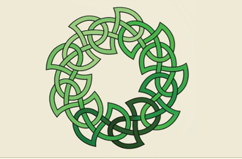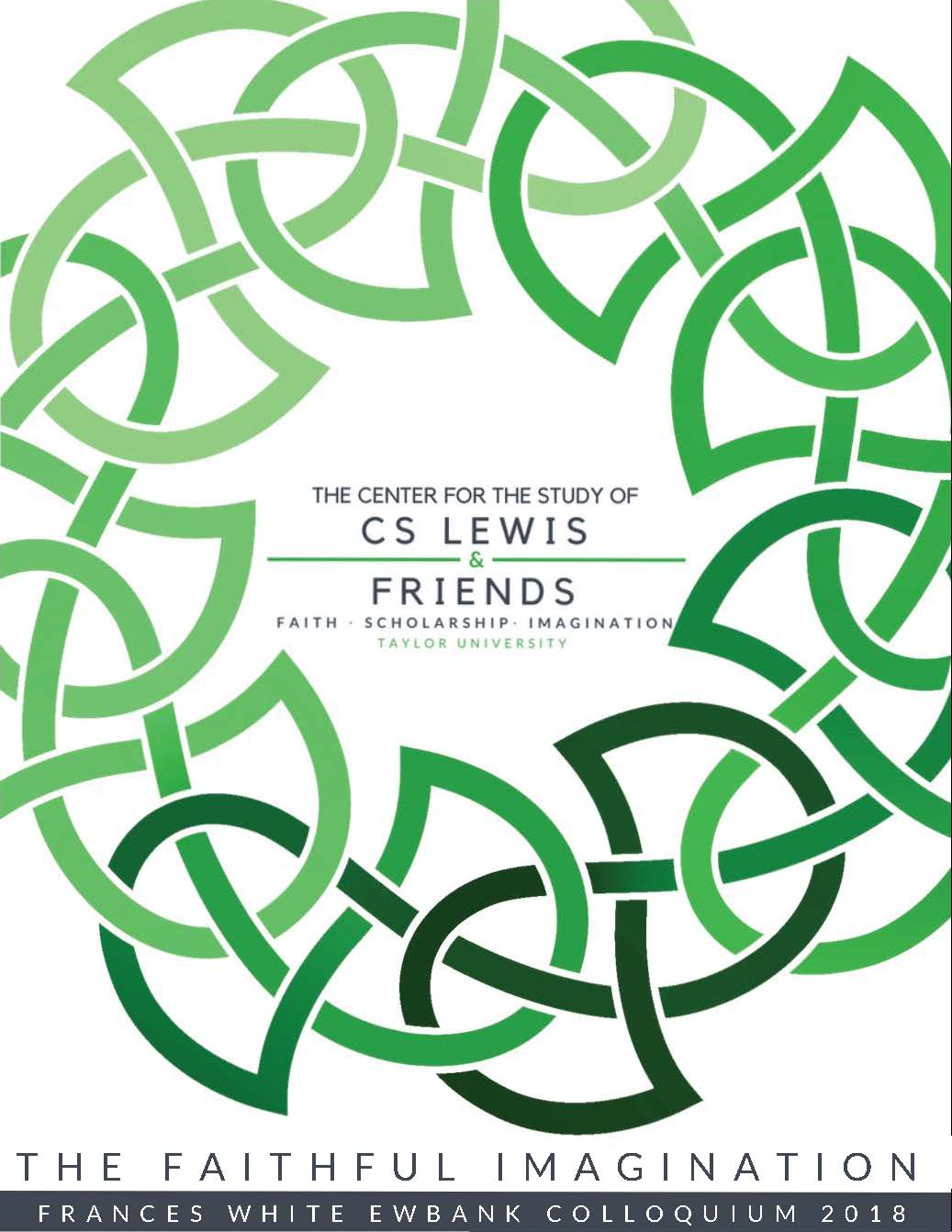Event Title
Concurrent Paper Session 2A: The Theological Imagination of Sayers
Location
Euler 118
Start Date
1-6-2018 9:15 AM
Description
"'Christ Walks the World Again': The Image of Christ in Sayers's Catholic Tales" - Barbara Prescott
As a Christian apologist, Dorothy L. Sayers is little appreciated as religious poet. Yet in her early years, Sayers considered herself first and foremost a poet, and a large portion of this poetry was an expression of Christian romanticism in myth and legend. In her twenties, Sayers published a collection of poems in sonnet and ballad structure which reflect and interpret the heroic roles of Jesus the Christ. Within this small book, Catholic Tales and Christian Songs (1918), we are given a glimpse of those imaginative, unusual, and unfamiliar images of Jesus Christ. We are given the varied faces of Christ as a legendary folk and mythic Hero. Sources include the published version of the text, earlier manuscript of the book, as well as Dorothy L. Sayers’s notes and unpublished letters from the archives of the Marion E. Wade Center in Wheaton, IL.
"The First and Second Wave of Dorothy L. Sayers" - Hannah Stumpf
"Snyder Reading Lewis Reading Sayers" - Alan Snyder
While Dorothy L. Sayers was not an official Inkling, she was of the same spirit, having an Oxford degree, contributing an essay to the volume commemorating Charles Williams, and carrying on a personal correspondence with C. S. Lewis. Although Lewis had no interest in detective stories, in which Sayers made her name as an author, he nevertheless developed a great love of some of her other works: The Man Born to Be King, The Mind of the Maker, and her translation of Dante, in particular. What was it about those writings and Sayers herself that Lewis appreciated? This paper will examine his perspective on Sayers via both their personal correspondence and his writings to others about her and her works. In addition, I will compare my own perspective on Sayers’s writings with Lewis’s.
"The Theological Aesthetics of Dorothy L. Sayers as Interpretive Key to the Fantasy Worlds of Lewis and Tolkien" - Gary L. Tandy
In The Mind of the Maker, Dorothy L. Sayers suggests that all artistic creations are threefold. Specifically, all creative works contain the Creative Idea (the image of the Father), the Creative Energy (the image of the Word), and the Creative Power (the image of the indwelling Spirit). Throughout her book, Sayers applies her theory to various literary artists and works, demonstrating how a Trinitarian view of the creative or faithful imagination helps explain their artistic successes or failings. I aim to explore how applying Sayers’s theory may open new avenues of understanding and appreciation for Lewis’s The Chronicles of Narnia and Tolkien’s The Lord of the Rings. Among other observations, I will suggest that Sayers’s theories are especially appropriate windows into the works of fantasy writers or world builders like Lewis and Tolkien, for in their efforts to craft worlds outside our earthly experience, we can see clearly how these authors became the gods of their own creations. In the process, I also hope to demonstrate that Sayers provides a useful “theological aesthetic” for Christian readers and literary critics—the kind David Lyle Jeffrey and Gregory Maillet call for in their Christianity and Literature: Philosophical Foundations and Critical Practice (2011).
Event Type
Paper
Concurrent Paper Session 2A: The Theological Imagination of Sayers
Euler 118
"'Christ Walks the World Again': The Image of Christ in Sayers's Catholic Tales" - Barbara Prescott
As a Christian apologist, Dorothy L. Sayers is little appreciated as religious poet. Yet in her early years, Sayers considered herself first and foremost a poet, and a large portion of this poetry was an expression of Christian romanticism in myth and legend. In her twenties, Sayers published a collection of poems in sonnet and ballad structure which reflect and interpret the heroic roles of Jesus the Christ. Within this small book, Catholic Tales and Christian Songs (1918), we are given a glimpse of those imaginative, unusual, and unfamiliar images of Jesus Christ. We are given the varied faces of Christ as a legendary folk and mythic Hero. Sources include the published version of the text, earlier manuscript of the book, as well as Dorothy L. Sayers’s notes and unpublished letters from the archives of the Marion E. Wade Center in Wheaton, IL.
"The First and Second Wave of Dorothy L. Sayers" - Hannah Stumpf
"Snyder Reading Lewis Reading Sayers" - Alan Snyder
While Dorothy L. Sayers was not an official Inkling, she was of the same spirit, having an Oxford degree, contributing an essay to the volume commemorating Charles Williams, and carrying on a personal correspondence with C. S. Lewis. Although Lewis had no interest in detective stories, in which Sayers made her name as an author, he nevertheless developed a great love of some of her other works: The Man Born to Be King, The Mind of the Maker, and her translation of Dante, in particular. What was it about those writings and Sayers herself that Lewis appreciated? This paper will examine his perspective on Sayers via both their personal correspondence and his writings to others about her and her works. In addition, I will compare my own perspective on Sayers’s writings with Lewis’s.
"The Theological Aesthetics of Dorothy L. Sayers as Interpretive Key to the Fantasy Worlds of Lewis and Tolkien" - Gary L. Tandy
In The Mind of the Maker, Dorothy L. Sayers suggests that all artistic creations are threefold. Specifically, all creative works contain the Creative Idea (the image of the Father), the Creative Energy (the image of the Word), and the Creative Power (the image of the indwelling Spirit). Throughout her book, Sayers applies her theory to various literary artists and works, demonstrating how a Trinitarian view of the creative or faithful imagination helps explain their artistic successes or failings. I aim to explore how applying Sayers’s theory may open new avenues of understanding and appreciation for Lewis’s The Chronicles of Narnia and Tolkien’s The Lord of the Rings. Among other observations, I will suggest that Sayers’s theories are especially appropriate windows into the works of fantasy writers or world builders like Lewis and Tolkien, for in their efforts to craft worlds outside our earthly experience, we can see clearly how these authors became the gods of their own creations. In the process, I also hope to demonstrate that Sayers provides a useful “theological aesthetic” for Christian readers and literary critics—the kind David Lyle Jeffrey and Gregory Maillet call for in their Christianity and Literature: Philosophical Foundations and Critical Practice (2011).


